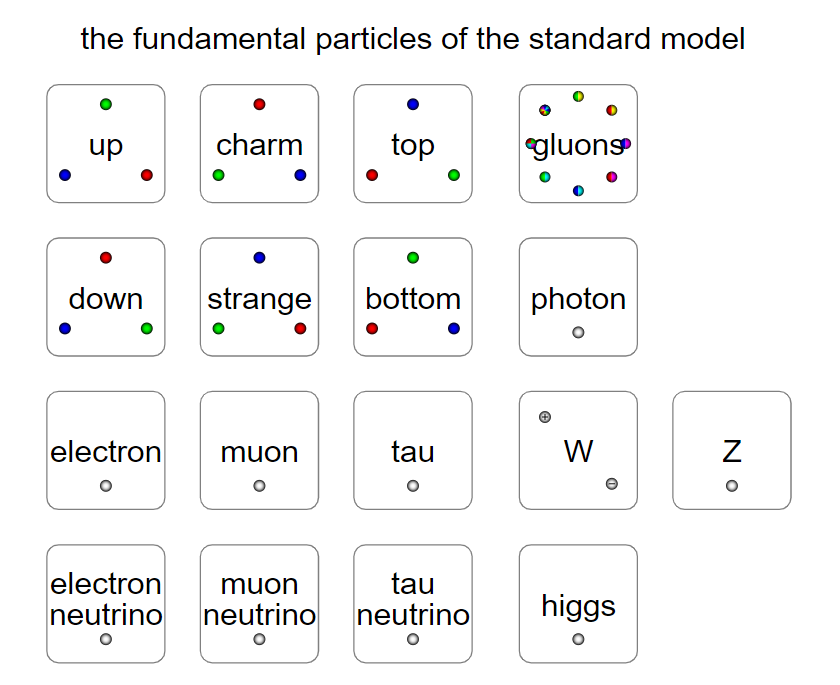
In News
Recently published study of an international experiment called Muon g–2 (g minus two), hints at the possibility of new physics governing the laws of nature.
About Muon g–2
- The experiment was conducted at the US Department of Energy’s Fermi National Accelerator Laboratory (Fermilab).
- It measured a quantity (g–factor) relating to a subatomic particle Muon, following up the Brookhaven experiment of 2001, with results that did not identically match predictions by the Standard Model.
- Muon is a fundamental particle and one of the building blocks of mass in the universe.
- It is one of the leptons. It is similar to the electron, but 200 times larger, and much more unstable, surviving for a fraction of a second.

(Image Courtesy: IE)
Quantity Measured
- The g-factor is a measure that derives from the magnetic properties of the muon.
- Since the muon is unstable, scientists study the effect it leaves behind on its surroundings. Muons act as if they have a tiny internal magnet and in a strong magnetic field, the direction of this magnet wobbles.
- The rate at which the muon wobbles is described by the g-factor.
- This value of G-factor is known to be close to 2, so scientists measure the deviation from 2. Hence, the name g–2.
- The g-factor can be calculated precisely using the Standard Model and in the experiment, scientists measured it with high-precision instruments.
Procedure
- Scientists generated muons and got them to circulate in a large magnet. The muons also interacted with a quantum foam of subatomic particles.
- Quantum foam or spacetime foam is the quantum fluctuation of spacetime on very small scales due to quantum mechanics.
- These interactions affect the value of the g-factor, causing the muons to wobble slightly faster or slightly slower.
- Just how much this deviation will be (this is called anomalous magnetic moment), too, can be calculated with the Standard Model.
- However, if the quantum foam contains additional forces or particles that are not accounted for by the Standard Model, that would tweak the g-factor further.
Findings
- The results diverged from the Standard Model prediction and strongly agreed with the Brookhaven results.
- The accepted theoretical values for the muon are:
- g-factor: 2.00233183620
- anomalous magnetic moment: 0.00116591810
- The new experimental results (combined from the Brookhaven and Fermilab results) are:
- g-factor: 2.00233184122
- anomalous magnetic moment: 0.00116592061.
- As it turned out, there was a discrepancy again, although smaller.
Implications and Significance
- The results hint at the existence of unknown interactions between the muon and the magnetic field and interactions that could involve new particles or forces.
- However, to finally claim a discovery, scientists require results that diverge from the Standard Model by 5 standard deviations and the combined results from both experiments diverge by 4.2 standard deviations.
- This is strong evidence that the muon is sensitive to something that is not in the physics theory yet and opens up new possibilities in the physics studied today.
Standard Model
(Image Courtesy: Physicsinfo) |
Source: IE
Previous article
Payment Banks
Next article
African Swine Fever
